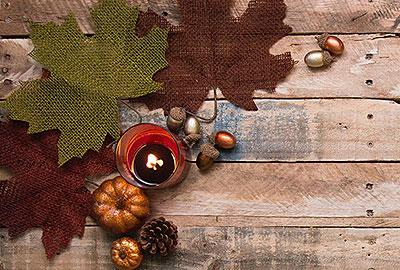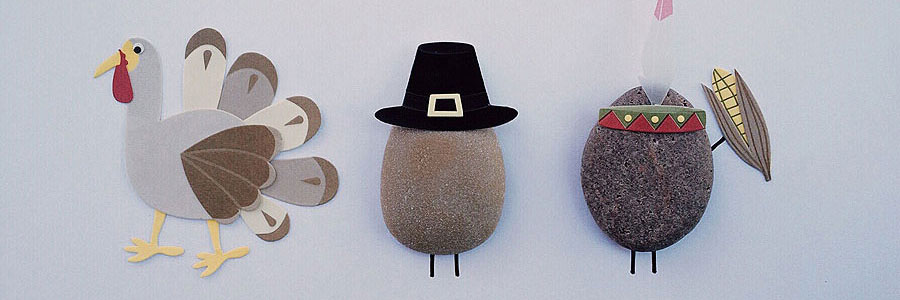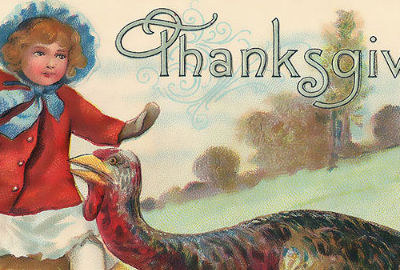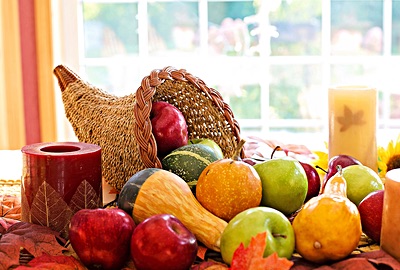 2021-10-07
2021-10-07

5 Fun Myths About Thanksgiving
- ArticlesandContent.com (CIRCA 2005)
- /
- Oct 8, 2021 (written 2005)
Is the history of Thanksgiving really what you think it is? There are many misconceptions and myths associated with the Thanksgiving holiday.
Is the history of Thanksgiving really what you think it is? There are many misconceptions and myths associated with the Thanksgiving holiday. There are not only myths associated with the holiday’s roots, but there are also misconceptions associated with the dating of the holiday, who started the holiday of Thanksgiving, and some misconceptions about Thanksgiving day traditions.
Myth #1: Thanksgiving started in 1621 as a religious holiday.
Some people falsely assume that the very first Thanksgiving holiday occurred in the year 1621, that it was a religious celebration, and that the holiday was celebrated every year by the pilgrims and Indians from 1621 onward. In truth, the very first “Thanksgiving” feast was not identified as Thanksgiving and the pilgrims did not celebrate the holiday on a yearly basis. To a pilgrim living in the early 1620s, the notion of thanksgiving was a religious practice: one that involved church attendance as well as the worship of God and thanking God for all of one’s blessings. The feast that was held by the Wampanoag Indians and the Pilgrims had no religious structure, was a secular event, and involved games, the singing of secular songs, dancing, and feasting: all acts that were not considered religious.
Myth #2: Thanksgiving has always been celebrated on a yearly basis.
Some people also falsely assume that the very first Thanksgiving feast occurred on the last Thursday of the month of November and that is why that date is always chosen for the holiday. In truth, the history of Thanksgiving reveals that the holiday was a three-day long event and was most likely celebrated during the Month of September since this was the common month for harvest celebrations. The harvest celebration was declared to have had special religious significance: it was a time of prayer and thanks for all that had been harvested from the previous season’s growth.
Myth #3: Thanksgiving has always been celebrated on the final Thursday of the month of November.
Governor William Bradford had made the time a recognized holiday. Two years after the 1621 celebration in 1623, while pilgrims were praying and having a day of fasting due to an undesired drought, the time period became a time of thanksgiving when their prayers were answered with rain. As time passed, the celebration occurred yearly. New York was the very first state to adopt Thanksgiving as a yearly custom in 1817. During the mid-nineteenth century additional states adopted the holiday too. The holiday was assigned to the last Thursday of the month only after Abraham Lincoln, then president, made the last Thursday of November in 1863. Even later in 1939, Roosevelt changed the holiday’s dating to the “fourth Thursday,” in the month of November.
Myth #4: The Native Americans and Pilgrims were the first to celebrate Thanksgiving.
Some scholars assert that the pilgrims were not the first to celebrate Thanksgiving at all. There are some historians that argue the first Thanksgiving holiday was celebrated in Virginia along the James River at the Berkley Plantation in December of 1619: two years prior to the 1621 celebration now widely believed to be the origins of the holiday. Since the late 1950s, the holiday has been reenacted on a yearly basis in Virginia. It is believed that the 38 English colonists that arrived on ship Margaret were ordered to commemorate the arrival of their ship with a yearly holiday; hence Thanksgiving Day was born.
There are some historians that explain that the first Thanksgiving occurred in Texas in the late 1590s. It is believed that the first feast occurred in San Elizario, a small town nearby El Paso, Texas. This celebration is noted to have occurred over two decades before the celebration held by the pilgrims in 1621. Reenactments of the tradition involve celebrating the arrival of Juan de Onate, a Spanish Explorer, who landed along the banks of the Rio Grande. It is believed that De Onate led hundreds of Spanish settlers on a 350-mile trek across a desert in Mexico and later had a Thanksgiving Day festival to celebrate their arrival in San Elizario.
Myth #5: The first Thanksgiving Day feast involved eating Turkey.
In truth, what the Pilgrims and Native Americans consumed on Thanksgiving really remains in question to this day. The only certainty, according to historians, is that the feast did involve the consumption of venison. The notion of having Turkey for Thanksgiving did not really become popularized until the Victorian era when feasts involved making a large Turkey for the family. Prior to the early 1860s, a yearly celebration of Thanksgiving was not popular in England or in America.
The proclamation of Thanksgiving as a holiday has more to do with politics than a social gathering, a time for family, or any religious connotations the holiday might have. In fact, in 1863 when President Lincoln proclaimed the last Thursday of November as an official holiday for giving thanks, he was using the proclamation as a method for uniting United States citizens. Later, from 1939 to 1941, President Roosevelt also proclaimed that the holiday should occur toward the end of November, but his reasoning for doing so was to extend the holiday shopping season.
Since the Victorian era, consumption of the Turkey has become a holiday tradition. The Turkey, along with the Bald Eagle, were both known as national birds for the United States at one time. In fact, Benjamin Franklin actually preferred the Turkey over the Bald Eagle as a national emblem. Further, the origin of the name Turkey is ambiguous; some historians assert that the Turkey was named by Christopher Columbus when it called it a “Tuka,” and others claim that Native Americans called the bird “Firkee.” Still other historians cite the fact that the bird makes a “turk” sound whenever it is frightened; this is the most logical reason for the bird’s name.
More From Holidays
 2021-10-07
2021-10-07
 2021-10-09
2021-10-09
History Of The Thanksgiving Turkey
 2021-10-07
2021-10-07